Technical diver and liveaboard operator FAISAL KHALAF opens up about everything from monkey diving to Doing It Right – and an ill-fated bid to dive all the way from the Rosalie Möller wreck to the Thistlegorm – in an interview with RAF JAH, co-founder of the African & Oriental Travel Company
I have been diving the Red Sea for 30 years now, and every year (Covid permitting) I take a group to Hurghada to dive with Red Sea Explorers.
Also read: Diving on and between Red Sea wrecks
RSE’s owner Faisal Khalaf is Palestinian but also holds Egyptian, Canadian, Lebanese and Jordanian passports. He set up his modest company with two simple liveaboards, Nouran and Tala. Together, they cruise from Dahab down to Sudan, with visits ranging from the deep wrecks of the Gulf of Suez to the coral atolls just off Saudi Arabia.
Small in comparison to some of the larger floating palaces, these vessels are well-equipped with everything from underwater scooters to helium and pure oxygen.
Whether it means riding around the coral at 10m in swimming trunks and a tank, or identifying unknown wrecks at 100m, RSE is a pathfinder. Faisal admits to being a maverick whose ethos is that his dive-guides must have fun – if they are enthusiastic and enjoying the diving, this will be infectious. That ethos works for me.
This year aboard Nouran, Faisal joined one of my African & Oriental Travel Company charters with a select team of tech divers. In between his disappearances to 90m and later jubilant making of whisky sours, I managed to pin him down to find out about his own diving journey…
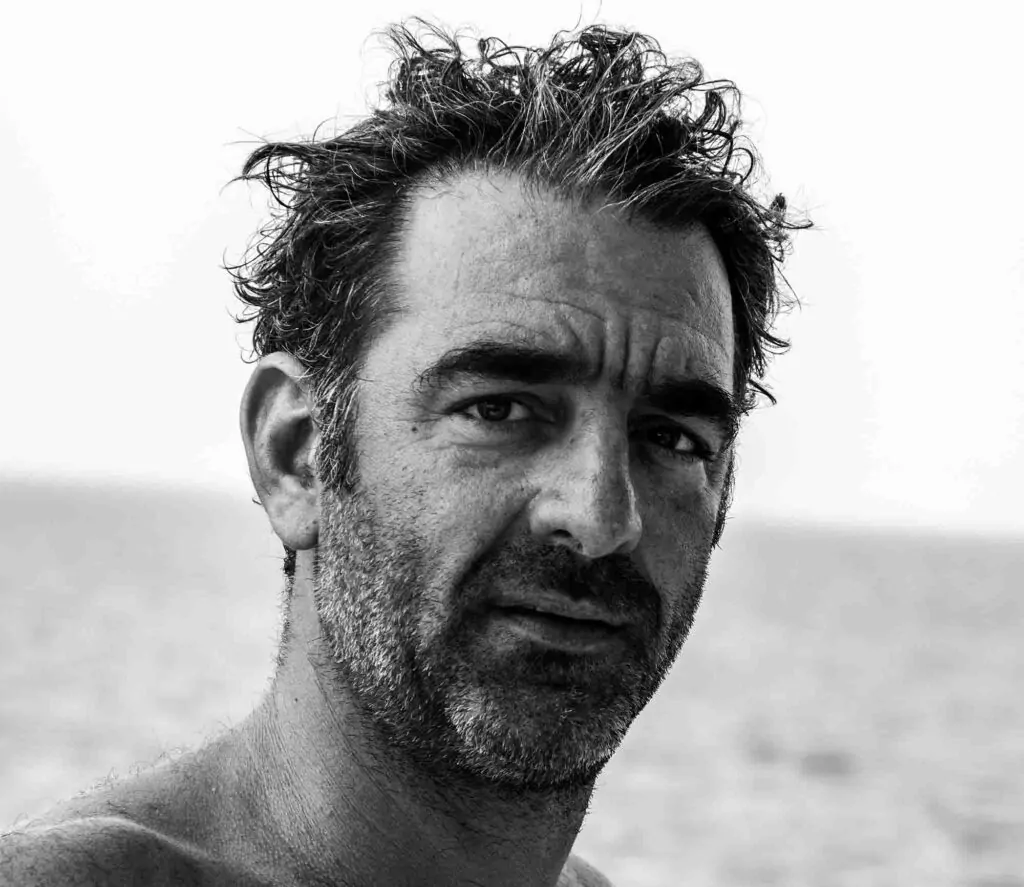
When did you start diving?
In 1992 I did a British Sub-Aqua Club course in post-war Lebanon. We dived at the St George hotel and Ain Elmraiysa beach, looking for sea urchins and spearfishing. It was a way of passing the time, and a tool to access the sea. I did it a few times a year.
You’re clearly hooked on diving now. When did that happen?
In 1996 I did a PADI course in Sharm el Sheikh, and that was it. I was in. I liked the logistics of diving – the freedom, the equipment, what we saw. Then I got a technical qualification with TDI at Divers Lodge in Sharm.
What was different about Egypt in the 1990s?
(smiling wryly) Egypt in the 1990s was just as beautiful under water as it is today.
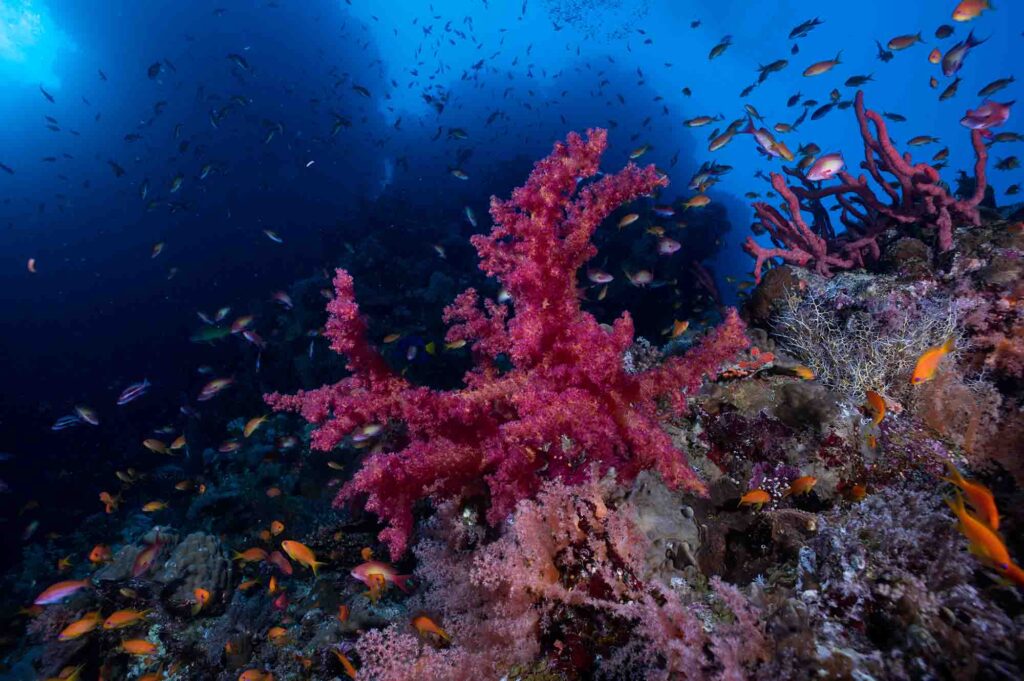
When did you get into the diving industry?
In 2005 I finished my MBA and then worked for a couple of years in Cairo in the family shipbuilding business. I hated the corporate world, so I partnered up with Deep South Diving for two years while I got my hands on the Tala. I spent the time working in and learning about the diving industry while refurbishing the Tala, which I launched in 2005.
In 2003 I came across GUE [Global Underwater Explorers] and fell in love with the ‘Doing It Right’ [DIR] system. That’s what really got me into technical diving. My partner was GUE tech director Andrew Georgitsis. He went his own way, and I suddenly found myself with a dive-boat and no liveaboard hospitality experience.
I knew a lot about diving but nothing about how to run a charter vessel for a week! My first charter, with a group of experienced but kind Russians, was an enormous learning curve. I had zero experience but, by the end of the charter, I knew one heck of a lot more. Those Russians remain loyal clients to this day.
Where did you go from there?
Two things happened. I maintained my partnerships with my friends from the south and I put all my own energy into the boat, and I did all of the charters. I lived on board, we found new wrecks, we dived 80-100m, and I made a name for myself as a wreck explorer.
I changed my whole life to revolve around liveaboard diving, whether it was technical or recreational. I spent more and more time on the boat and ended up divorced. I suppose you might say I got married to this new life.
Since you started the tech diving, you have gone the other way. You now espouse monkey diving [using scooters with a single sidemount tank, which is enormous fun]. What happened, when did you break away from the Doing It Right system to start this?
I never broke away from doing it right when you need to do it right. In tech diving, there must be a standardised system and there’s no room for cowboys or taking risks. Again, I have to say that while many tech systems are great, for me, the GUE standard DIR system is a fantastic operating system.
But when you live on a dive-boat long enough, you start doing crazy stuff, and that’s where monkey diving was created. We took a cylinder and a scooter and went along at 10-20m in our swimming trunks, mask, fins and S70.
But before you can monkey dive, you must have absolutely perfect buoyancy – if you don’t, you’ll be in deep trouble, quite literally. I also realised that there is a value to monkey diving from an entertainment and educational point of view. It also proves a point – you need only gas, water and skills, primarily buoyancy.
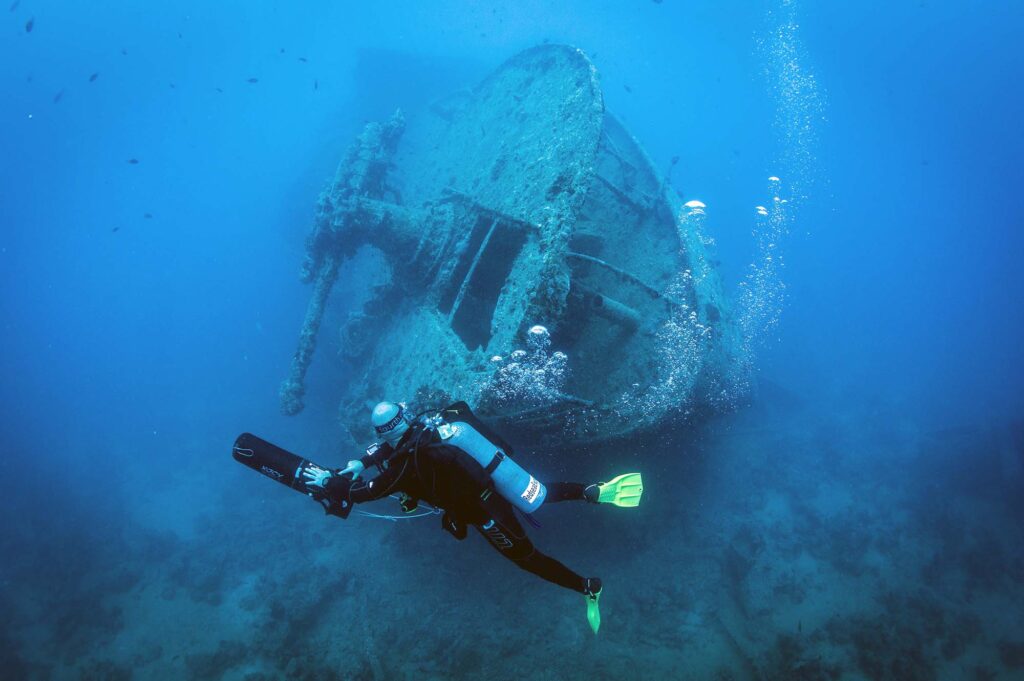
What was your greatest failure with scooters?
One day, we will have to see if we could dive from the Rosalie Möller to the Thistlegorm on scooters. We’ve acquired long-range-battery scooters and have devised a compass system. We’ve made sure our closed-circuit rebreathers are working and ready.
We did a test dive from the lighthouse off Hurghada to the El Mina (an Egyptian naval minesweeper sunk in the 1973 war). We dropped in and took off but, sadly, instead of hitting the El Mina we carried on and ended up in Hurghada port.
When we surfaced, we were met by the unamused gaze of security officers. Needless to say, we didn’t try that experiment again.
How do you see the future of Egypt’s diving?
Egypt has been, and continues to be, the pulse of the global diving industry. You can gauge the health of the diving industry by assessing the Egyptian dive-travel situation. For example, if you have a lot of PADI courses completed in Germany this year, we can look forward to lots of Germans diving in the Red Sea next year.
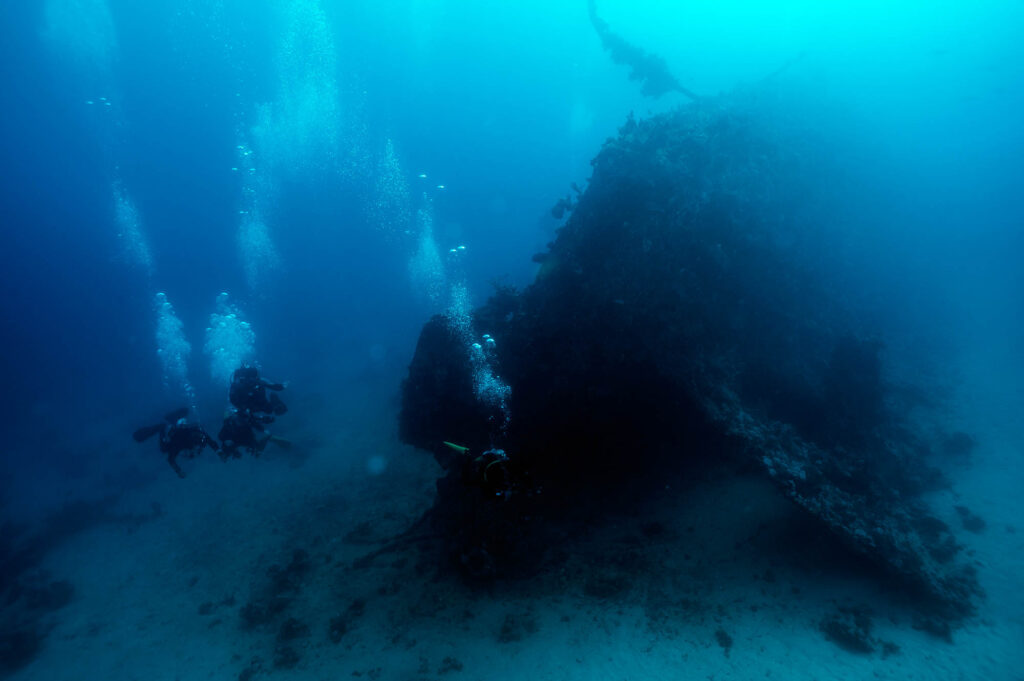
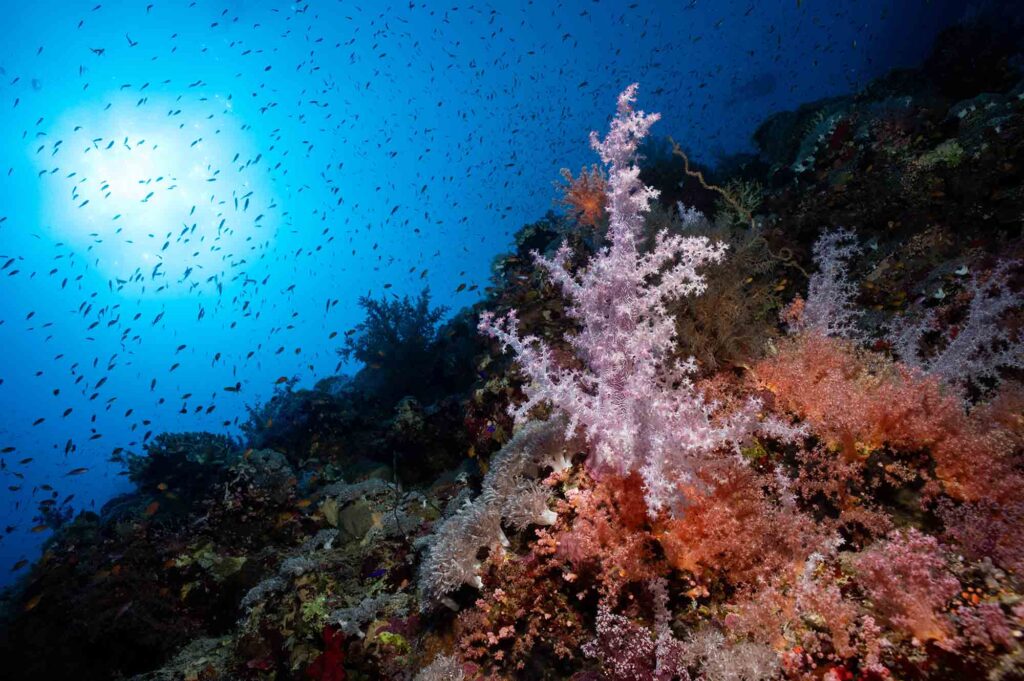
It’s still vibrant, it still has tons of coral and wildlife and, more importantly, has lots of responsible operators who care about the environment. Sure, we have challenges, and a few people have let the side down but, by and large, I’m incredibly positive.
Where is the wider diving world going?
It’s growing. It has massive challenges. There’s been a lot of competition from water sports that suddenly became very accessible, like kite-surfing, paddleboarding and surfing. The average diver dives for only seven years.
Divers need equipment to dive, and that keeps some people out. The diving industry continues to grow, but markets are fickle and ever-shifting. However, I think the market is still growing and will continue to grow – I think I’ll still be doing this for a long time to come.
The interview ends naturally on that note. Faisal starts to work behind the bar and, together, we plan our next day’s diving. It’s clear to me that with people like Faisal throwing their unbridled enthusiasm into diving, the future of the industry is assured.
There is a time for fun and a time to be technical in calculating gas mixes and bottom times. Faisal knows when each attitude is required. I’m left with the feeling that if only a few more people could emulate his outlook, diving would grow even faster.
Also on Divernet: Red Sea Through A New Lens, Dawning Of Dive Tourism In the Red Sea, Red Sea Liveaboards
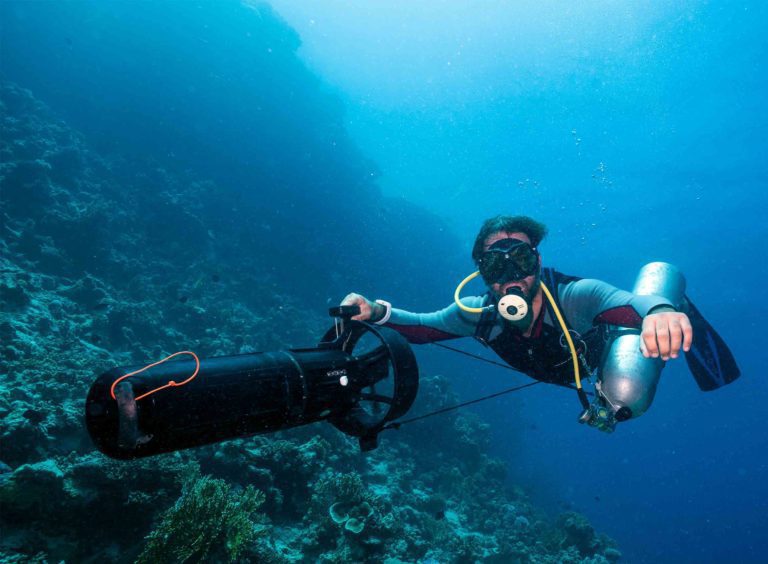

I’m looking forward to a Red Sea dive tour in the future!